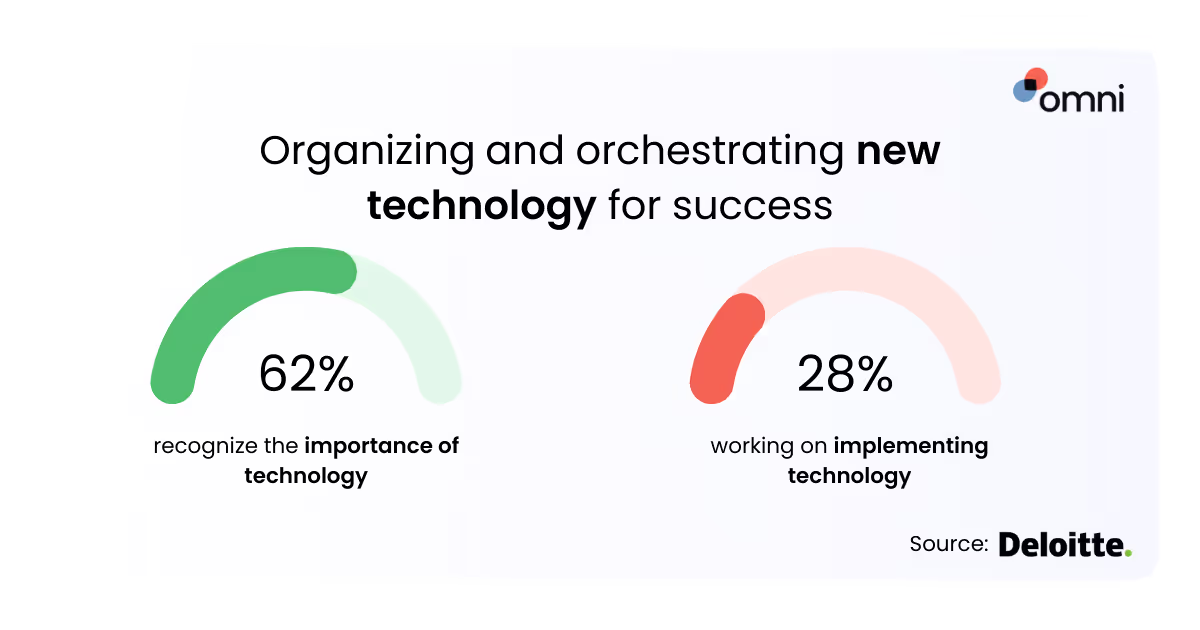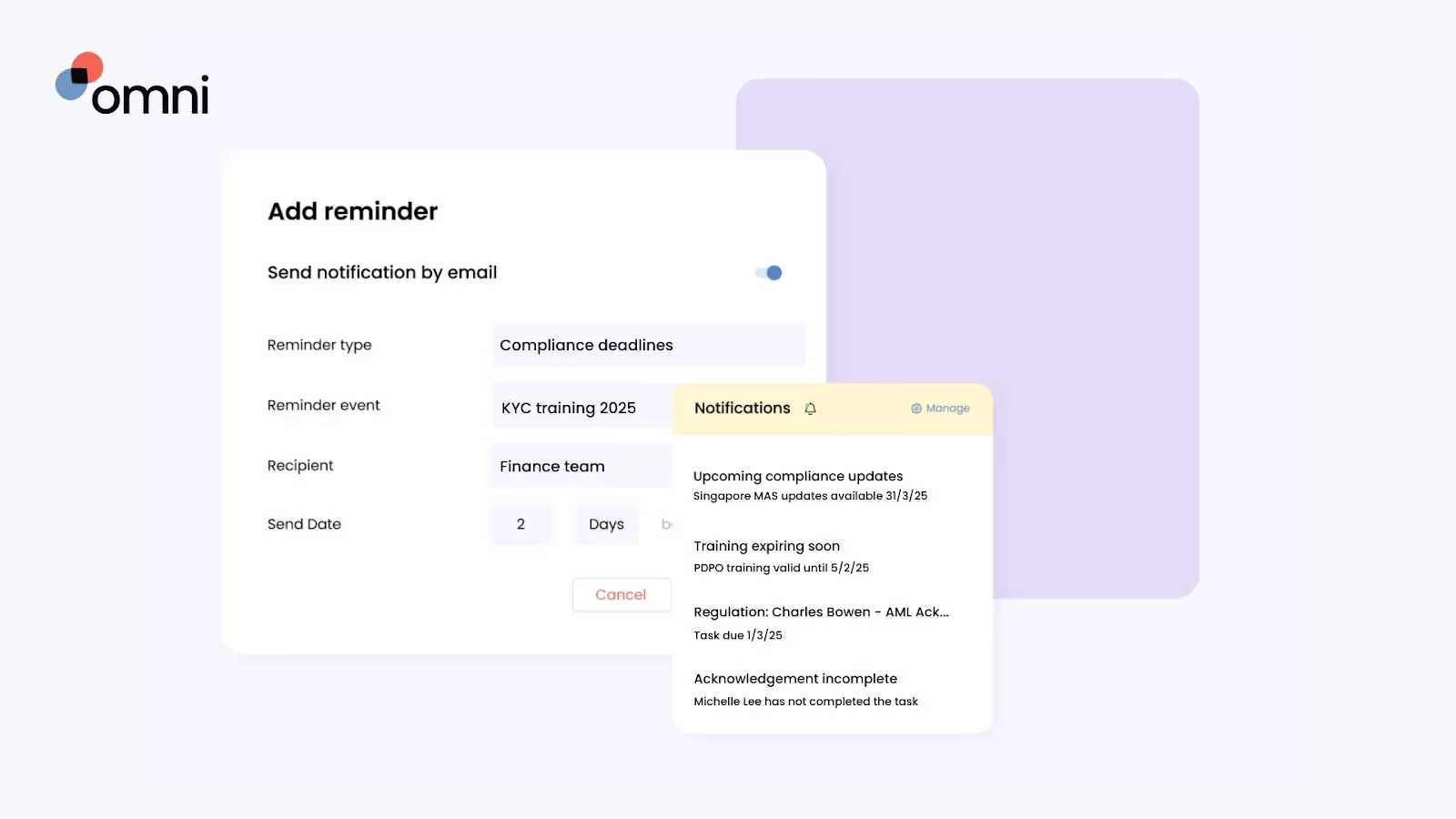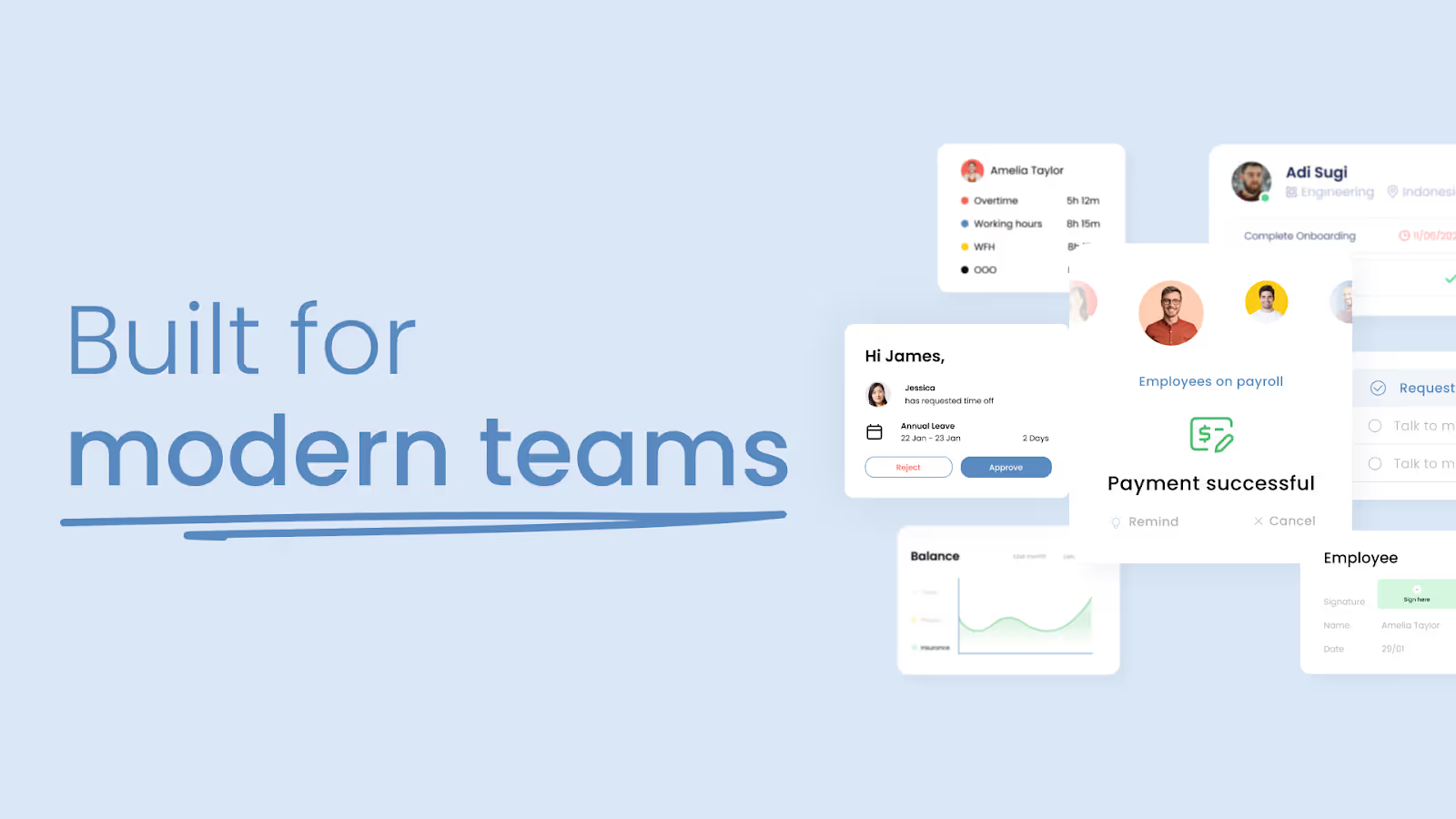Summary. Maximizing HR return on investment starts with the right HRIS. By automating administrative tasks, streamlining compliance, and enabling data-driven decision-making, HRIS solutions drive cost savings, improve employee performance, and support business growth. With built-in scalability and performance tracking, HRIS helps organizations boost efficiency, reduce turnover, and stay compliant—making it a strategic asset for long-term success.
An HRIS is software designed to support businesses in their HR processes. Think data synchronization and HR process automation for many HR administrative and performance management tasks. Beyond the common impact like timesaving, there are tangible benefits that HRIS brings to your business.
For one, they’re easy to use, which promotes operational efficiency. With accurate data and data analytics, you can make informed business decisions that can lead to cost savings and improved employee performance.
Not to mention, such digital infrastructure is built to accommodate growing teams and business expansion, removing the need for constant updates and investments. It also helps you stay updated with changing regulations and measures, which is critical for any business to remain compliant and avoid penalties.
Investing in HRIS is a strategic decision, not just an operational one, which can increase your company’s bottom line in more ways than one. According to Deloitte’s 2025 Global Human Capital Trend survey, 62% of organizations recognize the importance of organizing and orchestrating technologies, and only 28% are working to implement them.

However, the reality is, only 6% are making great progress. As such, it’s safe to say there’s work to be done if you want a solid HR return on investment. Read on to understand the importance of HR ROI and how to effectively track it.
Importance of HR Return on Investment
Before getting into return on investment human resources, let’s define the term ROI. Return on investment (ROI) refers to the ratio of net gain from an investment in relation to its cost.
To calculate ROI, you can use these two calculations:
- ROI = Net Return on Investment / Cost of Investment × 100%.
- Final value of investment - Initial value of investment / Cost of investment × 100%.
But how does this relate to HRIS? As a business owner, you want to evaluate the success of your investment in such software, and tracking HR return on investment makes that possible. The higher the ROI, the more successful the business investment is.
In other words, when you measure the impact of HR return on investment, you can determine time savings and cost reductions, ensure that your HR efforts serve broader organizational goals, receive continuous feedback to streamline processes, and make data-driven decisions.
And in today’s competitive market, you can’t afford not to be part of the 6% of organizations mentioned earlier that are making great progress when implementing such technologies.
Another Deloitte study found that only 50% to 75% of organizations believe they are getting value out of the major tech investments, such as enterprise resource planning, data architecture, and cloud platforms, and traditional and generative AI.
That’s why ROI matters—it helps you recognize if you’re getting value out of your investment, with Deloitte defining that value as helping with “setting and achieving the workforce and talent agenda, delivering the business strategy, driving workforce performance and engagement, stewarding the culture and enhancing the experience for the enterprise’s people.”
Learn more: HRIS ROI Calculator: Does Investing in HRIS Pay Off?
Let's translate that into practical benefits for your organization.
1. Helps you stay out of legal trouble
For one, you’ll see HR return on investment by avoiding costly compliance penalties and legal liabilities.
That’s because some HRIS software monitors compliance metrics. If you have a cloud-based HRIS solution, for instance, compliance information will probably get updated automatically. You can even configure the system to get an alert with updates. Even if your HRIS doesn’t automatically support that, your HR department can use the software to update employees on new guidelines and policies.
Omni’s HRIS helps keep companies compliant with regulations through secure document storage to keep compliance guidelines readily available to their teams. Automated updates help ensure compliance deadlines are met and prepared for, and tracking capabilities enable HR to manage employee training.

Another way HRIS helps you stay out of legal trouble is by helping you and your employees complete paperwork, store documents, and retrieve them easily to fulfill regulatory requirements and monitor for compliance when required. It runs regular audits and real-time analysis too.
As for the necessary licenses and certifications to comply with industry standards and regulations, HRIS systems can record their details and notify managers when these licenses are about to expire so that they can proceed with the renewal process.
Last but not least, HRIS systems integrate accurate time and attendance tracking. This way, you can keep overtime, hours worked, breaks, and benefits compliant with labor laws. With that, you can keep your business safe and compliant, reducing fines, lawsuits, workplace accidents, costs, and worker compensation claims and maximizing HR return on investment.
2. Helps your team get more done
When you lean towards digitalization and automation, you relieve your HR experts of many redundant administrative tasks. That includes employee record management, document collection and sending, payroll processing, payroll creation, and employee request approval.
Additionally, HRIS supports employee self-service. As such, employees can easily access resources, update their information, and complete tasks without relying on HR staff.
As a result, your HR staff can get more done and focus on strategic core HR processes, increasing their overall efficiency and saving on operational costs, which is where the HR return on investment comes in.
Read next: How Does HR Contribute to Business Success? Strategies for Growth
3. Helps retain your talents
Finally, smooth HR processes help retain, attract, and engage talent by promoting a positive work experience. They help you improve the relationship between managers and employees, promote transparency, boost communication, collect feedback, and customize development opportunities.
Employee self-service portals boost employee satisfaction by empowering employees to access and manage their personal information, work schedules, benefits, vacation requests, and perks.
Automated payroll processing through HRIS means employees are less likely to deal with errors in pay issuance or time-offs, which promotes trust in the company.
Of course, higher employee attraction and retention mean fewer hiring cycles, lower onboarding costs and overtime rates to cover staff shortages, and higher efficiency and productivity, which bring in a higher HR return on investment.
Top Metrics To Track for Clear ROI Within the First Year
Once your HRIS is in place, it’s essential to keep track of certain metrics and evaluate the effectiveness of your investment during the first year.
Importance of human resource metrics
Metrics, including service levels and key performance indicators, are tangible ways to assess the effectiveness and business impact of HR functions. In your case, HR metrics help you determine if an HRIS is working effectively to serve your business goals and generate HR return on investment.
5 HR metrics to track
Track the following metrics to assess how valuable your HRIS is and streamline your HR processes with a data-driven approach.
Cost per hire
Cost per hire is a recruitment metric that calculates the costs relating to the process of hiring new employees. These include job ad costs, onboarding, referral bonus program costs, office equipment, and training costs. But how does this connect with HR return on investment?
When HR professionals spend significant time screening applications, scheduling interviews, and managing the hiring process, it pulls focus from more strategic initiatives. This time investment represents soft costs, resources that don’t show up directly on the balance sheet but still affect organizational efficiency and ROI.
This is where HRIS solutions come in. By automating and streamlining these recruitment processes, HR software can reduce time spent on manual processes, decrease overall cost per hire, and allow HR teams to shift focus back to high-impact initiatives.
Turnover rate
This metric measures the total number of employees leaving your company over a fixed period (a year in this case). Since HRIS is supposed to help retain your talents by improving employee satisfaction and engagement, your turnover rates should go down, increasing your HR return on investment.
For example, Inspire Brands Asia significantly improved employee retention after implementing Omni. By leveraging Omni’s survey capabilities and actionable insights, the HR team was able to identify and address key employee concerns.
“Our attrition has reduced by 20% since implementing Omni, and our recent employee survey highlighted that our employee net promoter score grew by double digits within a year.”
— Tengku Mohaizad, Group Head of HR Asia, Inspire Brands Asia
Learn more: Inspire Brands Asia boosts retention with Omni
Time-to-fill
Time to fill is the number of days it takes to recruit and hire a new candidate. It’s typically the period between approving a job requisition and the candidate accepting the offer. Since HRIS should streamline recruitment processes and harness your HR efforts, less time-to-fill is a testament to solid HR return on investment.
KinCare, an in-home aged care service provider, invested in an HR AI software tool, which reduced their time to fill from 40 to 18 days. This is incredibly impressive when compared to the 41-day global healthcare average.
Employee productivity
HRIS decreases manual workload through automated processes, which helps your team get more done as explained earlier, gaining a higher HR return on investment. As a metric, employee productivity shows you just how true that is.
At Ajaib, a leading investment platform in Southeast Asia, Omni plays a central role in streamlining HR operations and improving efficiency. By automating onboarding workflows and centralizing employee data, the team has been able to eliminate manual tasks and reduce administrative overhead. Now, the HR team can focus on more strategic initiatives that drive business impact.
"Thanks to Omni, our onboarding process has become quick and easy! The automated workflows and streamlined data management have made our HR procedures seamless, and we can manage employee records with just a few clicks."
— Wiji Mulyati, Engagement & Experience Lead at Ajaib
See how: Ajaib achieves 30% increase in time savings with Omni
Compliance incidents
A compliance incident is a situation or condition that disrupts the workflow or could harm employees. These incidents pose non-compliance risks. The HR return on investment here is huge, as it’s the sum of the penalties, fees, and court fees resulting from the violation of regulations. Tracking it will show you just how fruitful HRIS is as an investment.
To exemplify, General Electric, one of the biggest and most diversified corporations in the world, uses HR analytics to track compliance regulations, industry standards, and internal policies. Via compliance monitoring, the corporation reduces legal liabilities and saves money on potential fees and lawsuits, increasing HR return on investment.
Want Real Business Impact? Invest in the Right HR Platform Today
By embracing technologies such as applicant tracking systems, HRIS, and employee management HR tools, HR professionals can enhance their processes, improve outcomes, and create a competitive advantage for their organizations, enhancing efficiency, accuracy, and employee experience within their organizations.

Modern HR automation tools like Omni free HR teams from administrative cycles by automating the entire end-to-end employee lifecycle—from recruitment and onboarding to employee engagement and payroll—allowing HR to redirect their time to strategic work that drives business growth.
With Omni, you gain access to data-driven insights that empower informed decision-making, as well as seamless integrations that effortlessly connect with your existing employee-favored systems, making your entire engagement process more efficient and modern.
Start your 7-day free trial today!
Omni scales alongside your team so you can customize and leverage the system to meet your business exactly where you are—as well as where you’re going.
If you’d like to learn more about how Omni’s all-in-one HR software automates the entire end-to-end employee lifecycle, saving People leaders from administrative tasks and increasing organizational innovation, book a demo with our team!
Full HR & Payroll coverage for Philippines, Singapore, Malaysia, Hong Kong, and Indonesia. Each market has local support teams and built-in compliance features.
Starting at $3/employee/month for core features. Volume-based discounts are available for growing teams. Book a demo for custom pricing.
Enterprise-grade security with ISO 27001, GDPR certifications, and local data residency options.
4 weeks average. Includes free data migration, setup, and team training. No hidden fees.
Built specifically for Asia with local payroll processing, same-day support in Asia time zones, and 40% lower cost than global alternatives.





-min.avif)
.avif)

